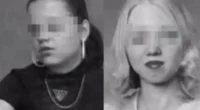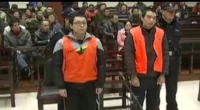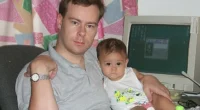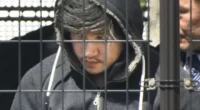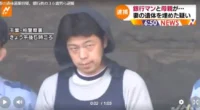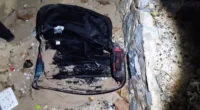In Mexico, wrestling is a form of entertainment. Wrestlers often wear colorful masks when performing acrobatic moves with their opponents. But for Juana Barraza, her antics in the ring overshadowed a much darker side.
Horrendous Crimes
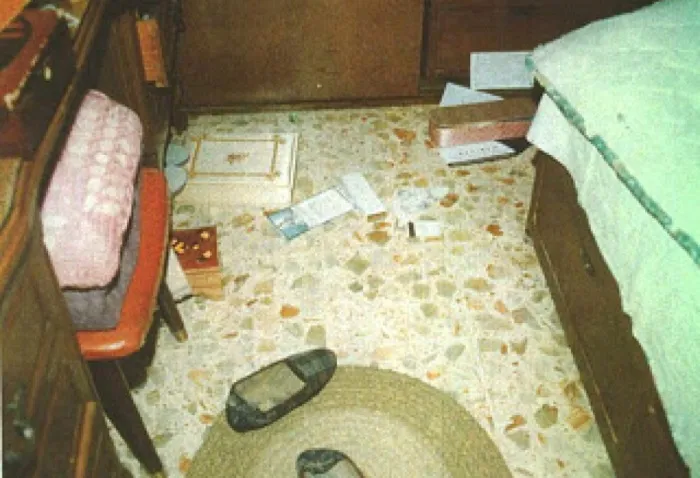
Between 2003 and 2006, a serial killer terrorized the elderly women of Mexico City.
All the victims were women over 60 years old, mostly living alone, and receiving government assistance. The murders followed a similar pattern, where the killer would beat or strangle them before taking their lives.
A special task force was formed immediately and faced immense pressure as the killings continued. The number of victims discovered reached nearly 50.
While the murderer dubbed “Mataviejitas” remained at large, authorities only advised elderly women living alone to avoid talking to strangers, be cautious of unfamiliar individuals, and always keep their doors locked.
Through profiling, authorities hypothesized about the killer. They suggested the perpetrator was middle-aged, mentally unstable, and possessing “a clever and cautious mind.” This individual had suffered sexual abuse as a child from an older relative. Murder became a means of seeking revenge against innocent victims of similar age to the abuser. Initially, they likely sought to gain the victims’ trust by impersonating a social worker or nurse.
Furthermore, investigators believed the killings were carried out by a man because “women couldn’t be so cruel.”
The Mystery Murderer
Witness testimonies corroborated the described physique of the suspect: robust, muscular, broad-shouldered like a man, yet wearing a wig and women’s clothing.
Consequently, police began to suspect the killer was a transgender individual. They focused attention on and surveyed transgender individuals involved in sex work. By October 2005, investigators had interrogated many such individuals, but none matched the fingerprints found at the crime scenes.
Meanwhile, the mysterious killer continued to claim more victims. When the death toll reached nearly 50, police realized they were mistaken.
The Elderly Killer
On January 25, 2006, a man returning home noticed the door of his landlady’s apartment wide open. A tall figure hastily fled from it. Upon closer inspection, he recognized it was a woman. Inside the apartment, he stumbled upon the landlady’s body on the floor, with a rope nearby.
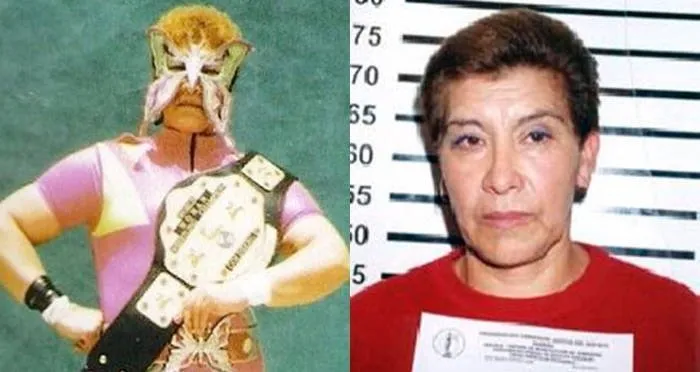
The man immediately ran out shouting. At that moment, passing police quickly pursued and apprehended the murderer. This perpetrator turned out to be a woman. And surprisingly, she was not a stranger. She was a 48-year-old professional wrestler in the local circuit named Juana Barraza.
In Juana’s bags, police found a listening device, a list of elderly individuals registered for government assistance programs, and stolen property from the victims. Juana was promptly arrested.
The revelation that Mataviejitas was a woman completely changed the investigation. No one could have suspected that this female wrestler could commit such horrendous crimes initially dismissed by police as “impossible for a woman to carry out.” But as they delved into Juana’s life, they found some answers.
Tumultuous Childhood
Juana Barraza was born in 1956 in a poor rural area of Hidalgo, north of Mexico City. Juana never knew her father and was never educated beyond being able to read or write her own name.
Juana’s mother was an alcoholic. At the age of 13, Juana was sold by her mother to an older man in exchange for three beers. Juana then became this man’s sex slave and eventually gave birth to a son at the age of 17. This engendered deep resentment in Juana towards her mother. Criminal psychologists argue that this trauma explains why Juana targeted women of similar age to her mother.
Juana had multiple lovers, all of whom were alcoholics and abusive. She had four children with three different men. Her eldest son died young, and her second child married early and left home. Juana lived with her two remaining children—a 13-year-old boy and an 11-year-old girl.
Neighbors describe Juana’s children as friendly, and she fulfilled both parental roles remarkably well. Juana worked odd jobs and always made time on weekends for her passion: professional wrestling.
In Mexico, professional wrestling—Lucha Libre—is a popular form of entertainment, where wrestlers often wear colorful masks. Match contracts helped Juana earn 300-500 pesos per fight, equivalent to 30-45 USD in 2000, much higher than what she earned from her weekday odd jobs. Tough and powerful, Barraza entered the ring with the moniker “The Silent Woman.”
Even after suffering a spinal injury at the age of 35 during a match and being unable to compete professionally, Juana still lingered around the ring, selling popcorn to the audience.
By day, Juana Barraza sold popcorn, but by night, on the dark streets of the city, this woman transformed into someone else: Mataviejitas.
Haunted by the past

Juana said that after her mother sold her to a man at the age of 13, Juana was taken home by him. Juana waited for her mother or stepfather, whom she trusted, to come to save her, but no one appeared when the man tied her to his bed. No one came to save Juana for the next five years as he raped her again and again, when she had an abortion or when she gave birth to her son.
After those five years, some relatives finally found and rescued Juana. It turns out that Juana’s mother had been lying to the whole family the whole time, saying that Juana had left.
During interrogation, Juana admitted to committing the crime due to past obsessions. “That’s why I hate older women,” Juana said.
To carry out her crime, she sought to obtain a list of women participating in a government assistance program. Juana then used this list to identify older women who lived alone.
Sentenced to 759 years in prison
Starting in 2003, Juana Barraza broke into the homes of her victims by gaining their trust. Sometimes, Juana pretends to help carry goods or disguises herself as a medical worker to provide free medical examinations or a member of a social organization to provide information about their rights.
Once inside, Juana would choose something like a sock or a telephone cord and strangle her victims to death. Barraza would then look through the victims’ homes to find something to take with them. Her motive for the crime was not financial. Juana will only take away a small souvenir. Juana’s large physique caused both witnesses and the investigation agency to mistake the perpetrator for a man.
On January 25, 2006, Juana determined that the next “prey” was an 82-year-old woman. Juana used the excuse to ask for a sip of water and was invited into the house by the victim without suspicion. Once inside, Juana saw a stethoscope lying on the living room table and used it to strangle the victim.
But this time Juana did not escape as easily as many times before. While leaving the scene, a person renting the victim’s apartment accidentally saw Juana and discovered the landlady’s body. Juana was arrested, ending many years of living in insecurity among the people of Mexico City.
Based on the comparison of fingerprints at the scene along with other evidence, police determined that Juana Barraza acted alone, ruling out that this woman had an accomplice. However, even though it was believed to have committed crimes against nearly 50 people, the police could only charge Juana in 16 cases.
Appearing in court in March 2008, Juana insisted that she only admitted to committing the crime in the last case when she was caught red-handed, but the court determined that she was responsible for 16 murders and 12 robberies, sentencing her to 759 years in prison. This is the longest sentence in history ever given to a murderer in Mexico.


